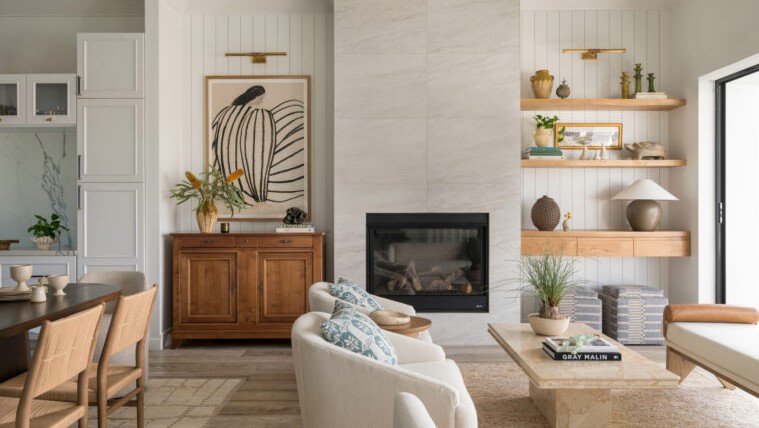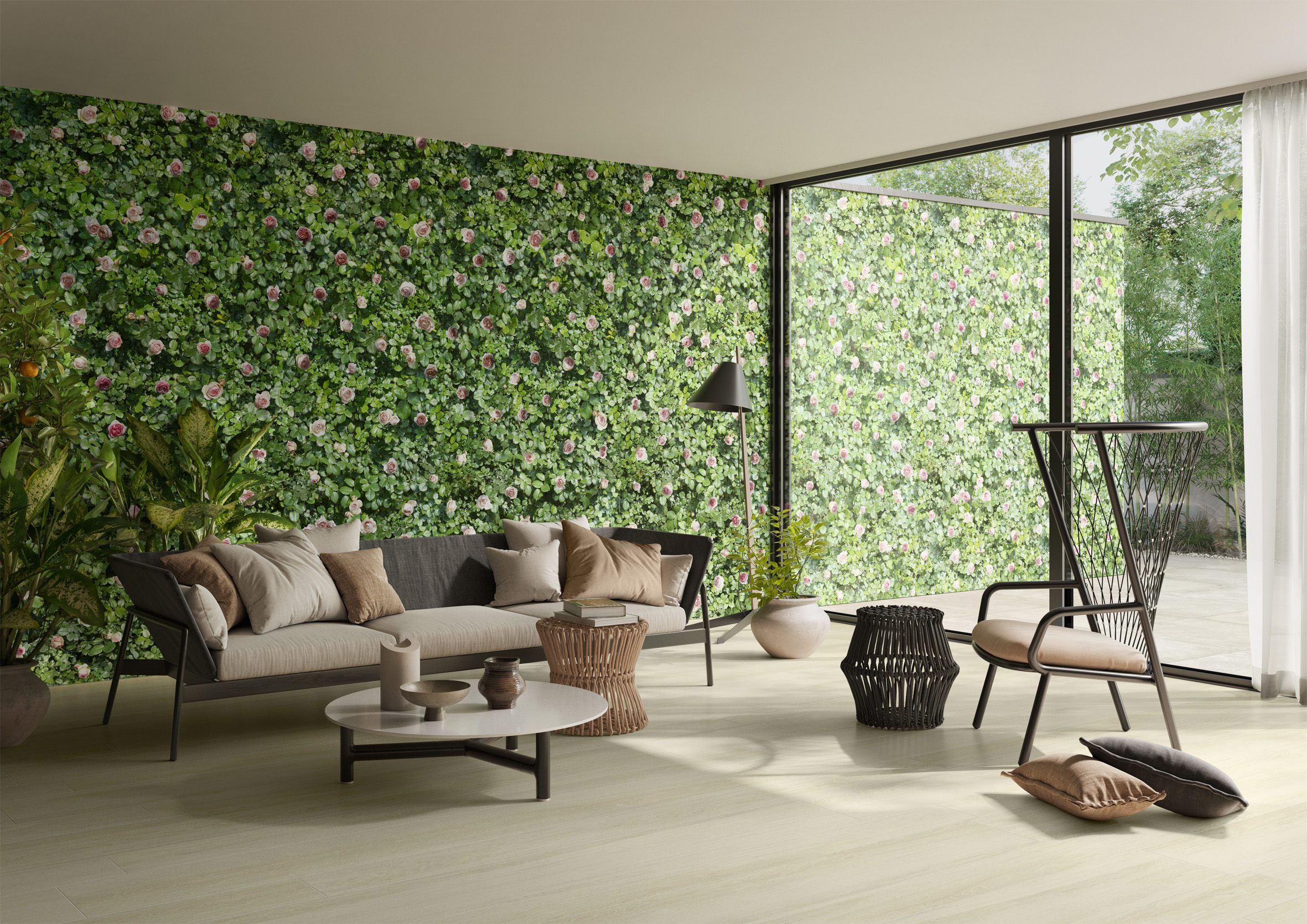Back in 1995, Hirosuke Kitamura came to a fork in the road of his professional career.
“I wanted to learn either hair design or photography,” the Japanese/Brazilian artist says. “I wanted to do something special, something high-tech.”
He chose photography – in Brazil. And on Feb. 1, his work will be on display at 1500 Gallery in West Chelsea. “Hidra” consists of 11 works, including a diptych and a triptych, curated by Brazilian artist Miguel Rio Branco.
The title refers to the many-headed beast of Greek mythology. Moreover, the photos were shot in the bregas, or inexpensive brothels, found in Salvador da Bahia. Hirosuke has been taking photos there for more than a decade.
In the words of Miguel Rio Branco: “Something quietly emerges at every moment throughout these images: ghosts halfway between sex and death; fragments of seduction that wander in-between lost worlds. Sexuality is something transparent, smoky and elusive under our fingertips. But how does one define sexuality in a place where the body is everything – not only material but also consumable? And here sexuality becomes all but ghostly, the way it has always been in Japanese tales: from another world, but yet somwhere here near us. These images supercede the passage of time, reaching beyond notions specific to any particular time or era.
“The interesting thing in the creative process – in the artistic process – resides in the reaffirmation of the artist’s individuality. This is increasingly difficult in a world dominated by advertising, publicity and marketing. It is progressively more rare to see true creativity in an artist’s work. Everything is business; nothing is personal. In these [Kitamura’s] images, on the contrary, it’s all personal, lived and felt. Everything is personal. This constitutes an important departure from what we typically see today, where the photographic image is becoming technically more distant from what was photographed.
“In art, what counts is the soul and not the theme. Here [in Kitamura’s work] the themes are diluted and mixed. Here we do not get stuck anywhere, nor to a specific moment in time; we move on to another phase. A phase that brings us to another space, another world, a limbo. Here, what appear as skin, fingers, breasts, sexes, and clothes are tranformed into masks, gifts, lights and Bahia sweat by this Japanese artist who one day came to Salvador.”
Says Hirosuke: “I didn’t have any interest in the visual arts until I began my photography,” he says. “But now, the people who like my work say that it makes them think about the strong colors – some say that my photographs look like paintings.”
Hair design it’s certainly not – but it does emphasize the value of the road less taken.
[slideshow id=570]


